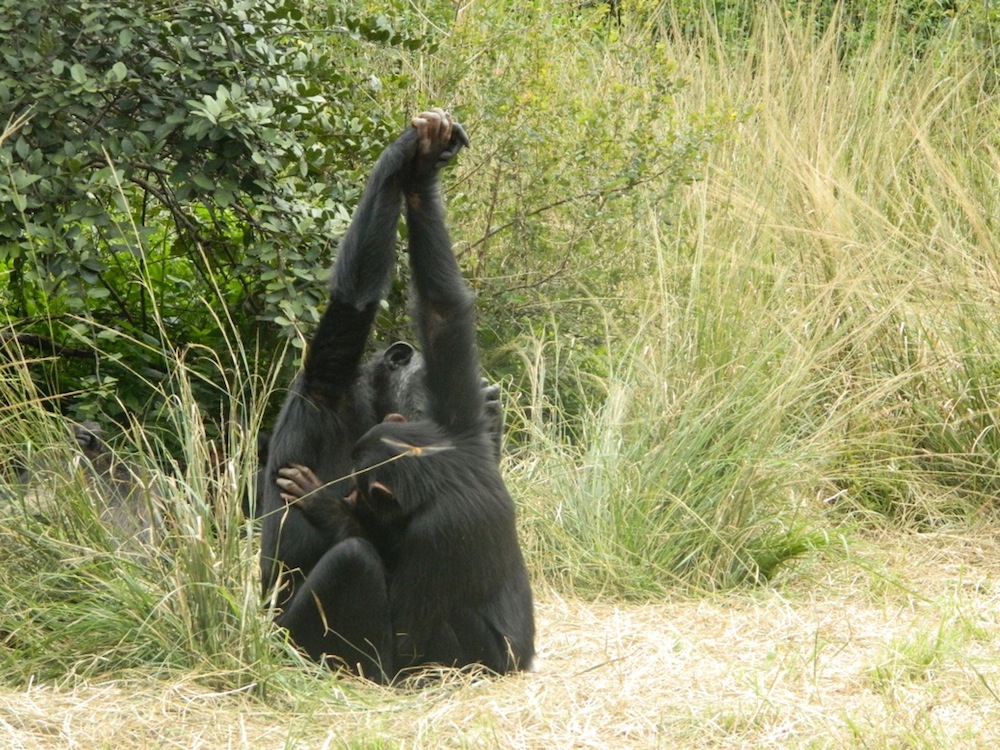When you buy through links on our website , we may realise an affiliate commission . Here ’s how it works .
For the first meter , researchers have documented a behavior that had been thought abnormal , if not impossible : apes swimming .
The scientistscaptured on videotwo examples of aper that could float quite naturally . The first was a youngchimpanzeenamed Cooper , who not only figured out how to swim but could also plunge underwater to recall items from the bottom of a swim pocket billiards .

Cooper the swimming chimpanzee shows off his swimming style.
" We were extremely surprised when the chimp , Cooper , dived repeatedly into a swimming pool in Missouri and seemed to finger very comfy , " Renato Bender , a researcher at the University of the Witwatersrand in South Africa , order in a statement . " It was very surprising behavior for an animal that is thought to be very afraid of water . " [ 8 Humanlike Behaviors of Primates ]
The second copycat was Suryia , an orangutan living in a zoo in South Carolina . Suryia was recorded drown about 39 feet ( 12 m ) without assistance . Both apes habituate a modified breaststroke to navigate , which set them aside from other mammals ( include man ) that usually dogpaddle when forced to swim .
The breaststroke , the investigator speculate , might be the event of the ape ' adaptation to lifespan in the trees , where they apply both arms and legs for moving , as opposed to walking on the ground , which more closely mime a dogpaddle . The researcher also noted that zoo often apply moats to confine apes — these zoological garden might want to rethink their primate enclosing .

This report of swim copycat recalls the controversial " aquatic ape " hypothesis of human evolution . First proposed in the forties , the surmisal tell that humans ' subaquatic nature severalize us from emulator : Living on the banks of body of water , mankind eventually learned to swim and eat Pisces and other foods found only in water .
The aquatic aper conjecture has been drop by most scientists , though it still has a fistful of jockstrap , among them David Attenborough , well - sleep together naturalist and television legion . Attenborough recently spoke in favor of the aquatic ape hypothesis at a conference title " Human Evolution : Past , Present and Future " in London , The Guardianreports .
The research worker consider their video spotlight the pauperism for further study of the way that apes interact with H2O . " We still do not know when the ancestors of mankind began to float and dive regularly , " researcher Nicole Bender of the University of the Witwatersrand said in the financial statement . " The behavior of the great anthropoid in water has been largely neglected in anthropology . "

The researchers ' study was published July 30 in the online version of the American Journal of Physical Anthropology .
















